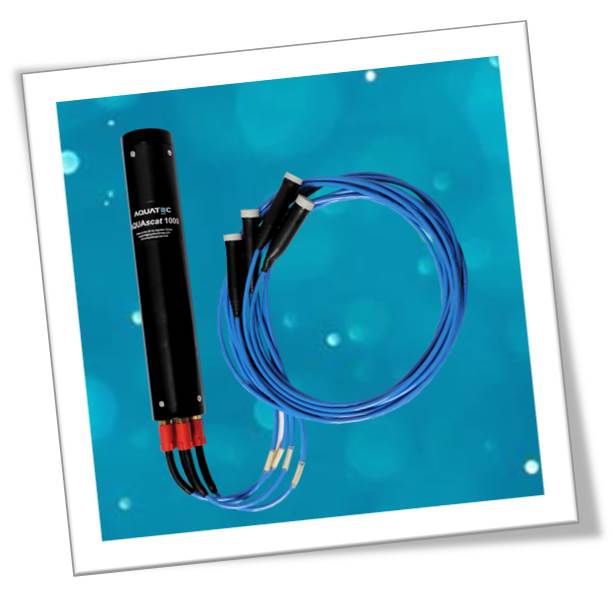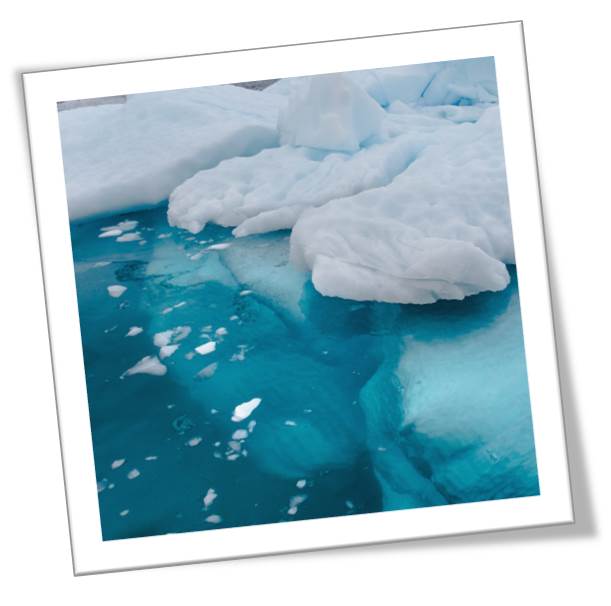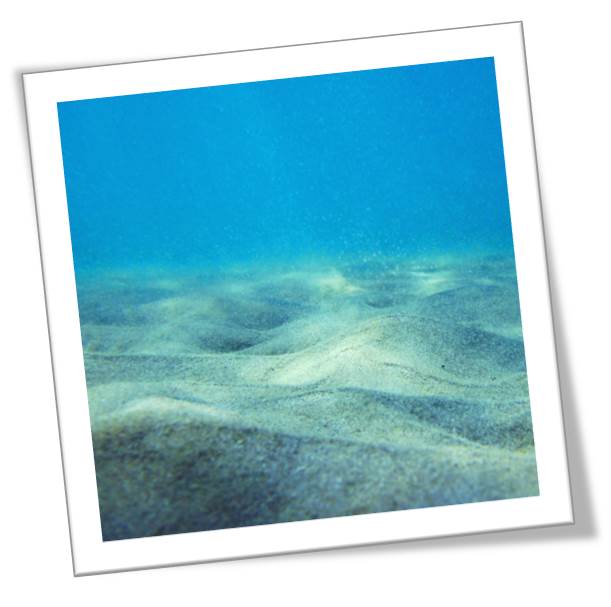5 uses for your AQUAscat that don't involve sediment!

Our acoustic suspended sediment profiler is, as its name suggests, most commonly used for studying suspended sediment dynamics in rivers, lakes and oceans. It may then come as a surprise that you can do lots of research without looking at a single sediment particle! Here’s how…
1. Ice
Move away from the sandy beaches of the tropics and rainy estuaries of England to the polar regions and your AQUAscat can shed light on the formation and extent of frazil and sea ice. By mounting the instrument facing upwards in ice covered seas, the powerful and flexible acoustic profiler can give a wealth of information.
2. Zooplankton
By switching to the lower frequencies of the AQUAscat 1000R research model, the particles detected in the water column could be zooplankton. The 10m range allows observations of distribution and migration through the water column with a stationary instrument, or wider spatial distribution with an AQUAscat deployed on a vessel or AUV.
3. Scour
Technically scour still relates to sediment particles, but here we will consider the lack of sediment and its removal – i.e. scour. The AQUAscat instruments have bed detection, and so if mounted on a fixed structure, can be used to study changes in the seabed over time due to erosion. The big advantage here is that the dynamics can also be studied, as the profiler can observe resuspension, entrainment and help get an understanding of what happens to the sediment, not just the extent of its removal.
4. Marine litter
Marine litter is of increasing concern and there a growing need for monitoring from a policy and environmental perspective - marine litter is one of 11 areas covered by the EU’s Marine Strategy Framework Directive. The profiling functionality of the AQUAscat makes it ideal for detecting litter in the water column and at the surface.
5. And for the future… sea lice
A major concern for aquaculture, sea lice larvae in their planktonic phase measure 0.5 – 0.7mm, the perfect size for detection by the AQUAscat!
To find out more about the AQUAscat range of instruments, click here.